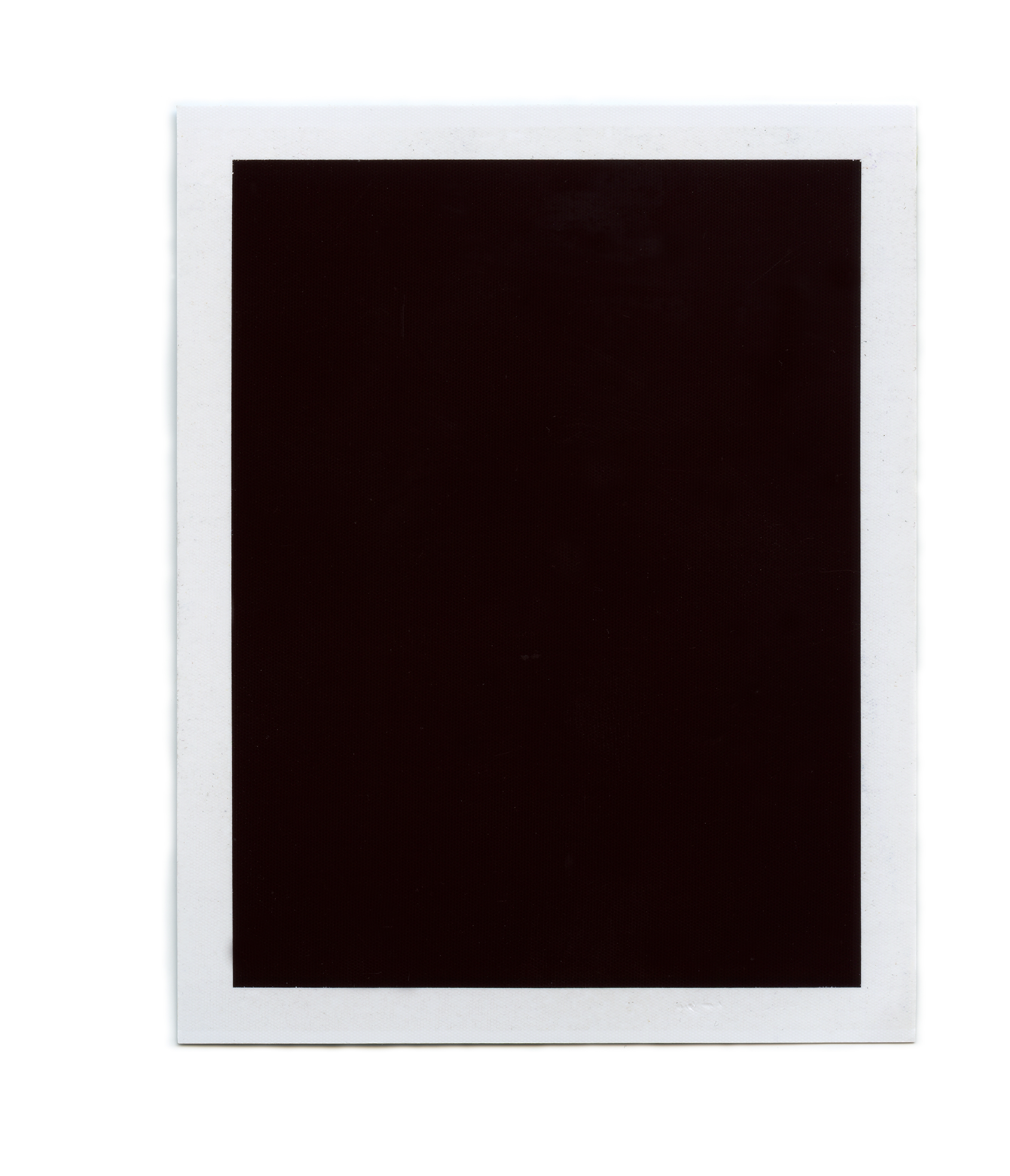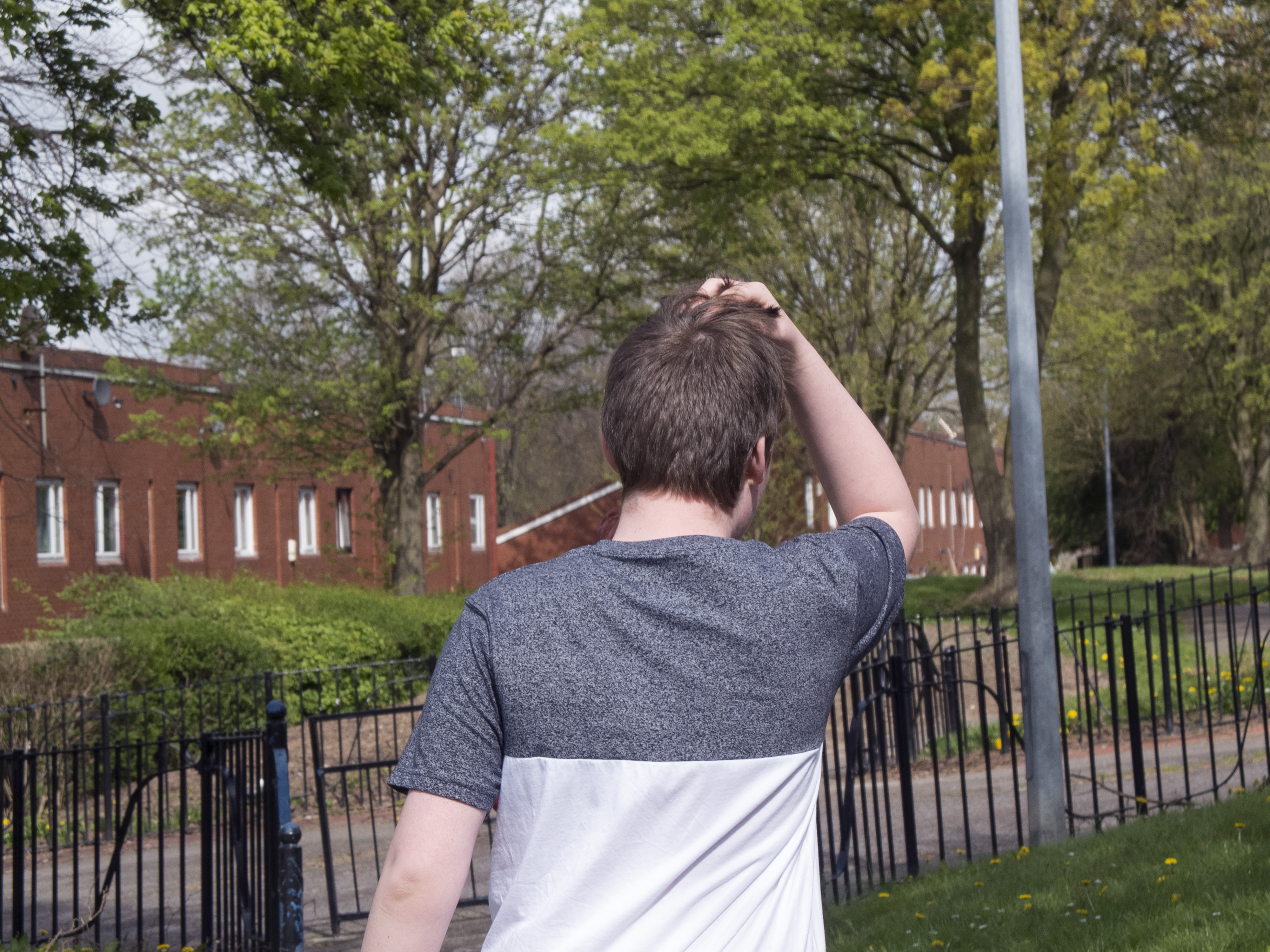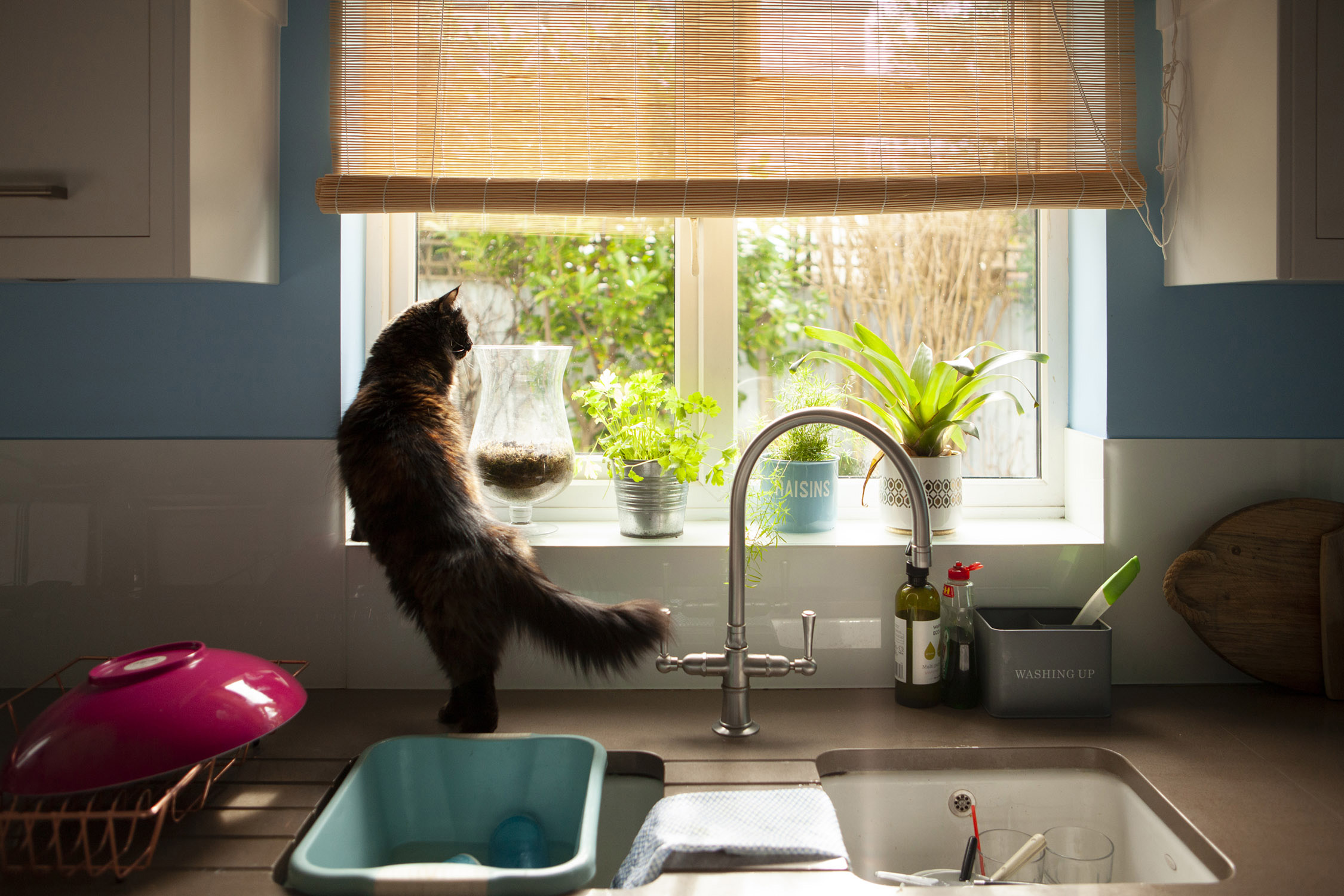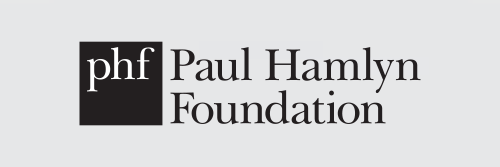


Failing as Learning: Hayleigh Longman
Photographer Hayleigh Longman reflects back on the theme of ‘failing as learning’. The articles discusses three case studies shared by practitioners Gary Bratchford, Robert Parkinson and Celine Marchbank for the North West Socially Engaged Photography meet up. The event was co-hosted earlier this year by partners Redeye Photography Network and Open Eye Gallery with the theme set by the North West members after discussing what we often ‘miss out’ when we talk about socially engaged work.
Earlier this year, the North West group for the Socially Engaged Photography Network invited regional artists Gary Bratchford and Robert Parkinson to share their work and discuss the idea of failing as learning through their experience of delivering community projects. They were also joined by guest speaker, London based Celine Marchbank, who shared her outstanding project with staff and visitors at Brighton and Sussex University Hospitals NHS Trust.
Through working on a socially engaged project each speaker discussed how through both the responsibility and unknowns of working with new people, unexpected outcomes can occur. From what initially seemed like their ‘failures’, experiences during the process of engagement actually led to key learning for the project, and for their future work.
Gary Bratchford and Robert Parkinson talked separately about the two groups that they worked with on their project ‘As and When’, commissioned by and exhibited at Open Eye Gallery as part of the Culture Shifts programme in 2017. The two groups were The Widnes Vikings Golden Generation Group and The Women of Windmill Hill (Runcorn).
Gary set the scene by showing the audience some of the early work from his project with The Widnes Vikings Golden Generation Group, a rugby club in Widnes. He began to talk about his process of easing into the group and navigating the group’s availability with a busy social life and passion for the rugby team. He decided to give out disposable cameras asking the group to make images, which reflected their daily life in the lead up to a rugby match as a way to find out more about them as individuals and collectively. This activity did help Gary find out more about them as individuals, and what else was important to them except for the club. He noted however, that through reflecting on the images he received back from the disposable cameras as a whole, that a lot of the group had daily rituals and routines that were exceptionally similar; they all shared the same values in what the club meant to them.
Gary reflected that looking back the failures were obvious, but only in hindsight that’s easy to say. At the time Gary was working with a group with a solid set of ideas and the challenge was getting them to engage with a photography project that they seemed not too keen about during their already busy schedule. After admitting to feeling like a bit of an imposition, he decided to steer the conversation with the group in a different direction towards the history of the rugby club and what it meant to them socially – as this at least did seem like a subject matter which all drew them together. The group split into a smaller sub group, and the conversation moved towards the history of the club, and the social documentary images of its history, by one of the group members. Eventually Gary was able to include some of these archival images in the group exhibition but had felt the project would have benefited knowing about this earlier on in the project.
It was also only towards the end of the project that the group felt comfortable enough to discuss with Gary that the members of the club would also actually prefer to be the subject matter themselves, rather than the image makers. He openly admits that he was too focused on how Robert was working (as a facilitator supporting his group to create their own imagery) and trying to echo this approach rather than adapting the process to what would’ve worked best for this group. He beautifully put it “I could have had a totally different project. So the thing to look back on was to not overlook the obvious and not to try and push something that isn’t there with the group because of the other project across the water.”
He continued to discuss how interesting the idea of failure is. Robert added into the conversation and mentioned how natural it is, when working with a socially engaged group, to still feel a certain pressure to make really beautiful work around people and those in the group. What is equally just as interesting, however, is an outcome which reflects the whole process of working with a group of people, not the edited selection of imagery at the end.
Robert Parkinson shared his experience through his project with The Women of Windmill Hill in Runcorn. From the beginning of his project he set out to show the outcomes of failures for his own documentation and kept everything as a record in his sketchbook. Parkinson discussed, for example, an initial exercise with the group, in which the group were taking portraits of each other on polaroid film – yet the first batch of images came out completely blank. This ‘failure’ became the first image to sit in the sketchbook and was actually used in the final publication which accompanied the exhibition, reflecting how socially engaged practice is always a process of the unknown and unexpected.
The group were initially really interested in taking pictures of one another however after the images were not coming out as expected with the polaroids, the group became frustrated with this initial idea. It did however open up discussion with the group, about the best way forward, deciding instead to go on a series of group photo-walks, using disposable cameras. In doing this there was less opportunity to assess the outcome of the images straight away, and focus more on the process of taking photographs together. The act of initially ‘failing’ together as a group, actually benefited the process of the rest of the project.
Robert and the group learnt not to be scared of showing where you have failed, as this in fact only benefited the project overall.
A failure, which Robert reflected from his own side, was that he still wanted to work with the group once the project had officially come to an end. In a way he didn’t know when to let go and could’t gauge that they didn’t need him anymore. The group now continue as a self-run initiative, called the Windmill Hill Snappers. Every year they give out calendars of their photographs about the local area to their neighbours and residents from the wider estate.
Both Gary and Rob collectively reinforced the idea that failures are simply part of the process and can be shared in the final outputs as equal to the ‘successes’. They produced a publication, which included both the projects’ successes, failures and learning. They also exhibited the books pages within frames in the exhibition – highlighting once again the process being equally as important as the outputs.
Celine Marchbank discussed a commissioned project that she has been working on for the last two years now, commissioned through the Brighton and Sussex University Hospitals NHS Trust Public Art Programme, in partnership with Photoworks and Willis Newson, to create a permanent collection of photographic artworks for all waiting rooms in the new hospital, along with four other commissioned artists. Celine wanted to work with as many people who were connected to the hospital as possible, not just patients but also carers, staff and all the people who use the space in many different ways.
She reflected on her previous work Tulip, which was about her mother’s last year of life, after being diagnosed with cancer. During this time herself and her mum had spent a lot of time in waiting rooms. She felt this project was her chance to try and make these spaces more welcoming, considered spaces.
The theme set for the project was HOME, with the idea of trying to and bring that feeling of home comforts into the hospital environment.
The community engagement part of the project was quite a long process. She spent the whole first year of the project trying to find people to engage with, which is the part that Celine found the most difficult and seemed at first to be the failure. She had constant meetings with different departments of the hospital and tried to set-up groups to come and talk about the work. Due to the personal theme of home it also became an apparent challenge to develop people’s trust to gain access to this idea of someone’s private space to make the project happen.
Through failing to make much progress in finding people Celine decided to try a different approach, meet people face to face, individually engaging with people about getting involved in her body of work. Reconsidering her approach she started to attend local community events and reached out on social media platforms to meet people more naturally rather than through organised group events. Through this approach she eventually managed to work with 25 people, spending quality time getting to know them.
The work became a process of Celine visiting peoples’ homes, chatting and making photographs. She was able to pick up on small details such as favourite seats and flower arrangements, building relationships and going for walks with the different participants. Despite the many restrictions that the project brief had, she began to build a series of images focusing on the comforts of people’s domestic spaces, exploring together what home means to them, and aiming to recreate this environment for the hospital waiting rooms.
On reflection she realises that her shift in approaching people for involvement in her project was the turning point and if she hadn’t had felt as if she had failed in the beginning, she wouldn’t have made that step which led her to the valuable engagement she had with the 25 participants.
It becomes quite apparent that Gary, Robert and Celine worked extremely hard with their individual approaches and each social group that they were working with. The similarities in the dialogue are fascinating as they all seem to mention failure as an added value to their outcomes, which is a lovely and reassuring segment to take away. However, all of the failures mentioned were things that they couldn’t have avoided due to planning, as they would never have known them as failures without experiencing them and then learning from them. Each failure discussed is so unique to each artist and project that there is a question as to whether they are even failures in the first place. Perhaps it is simply because as creatives we are our own biggest critics and through doing we learn and through mistakes we build. As we discover what doesn’t work, it makes it clearer to see what will work.
Socially engaged projects are all so different and this was clearly demonstrated in the three case studies shared at the networking event. All the presenters touch on this idea of becoming flexible and letting go of the ideas they originally had in mind for their approaches when things started to flow. As Parkinson nicely adds, “as practitioners we add weight to the outputs too much sometimes, when in actual fact the conversation around these things can also be part of that practice and are just as valuable”. Including the groups’ perspectives and ideas is also just as important, and in each example shared here we see the shift in the project when these interactions start to happen.

